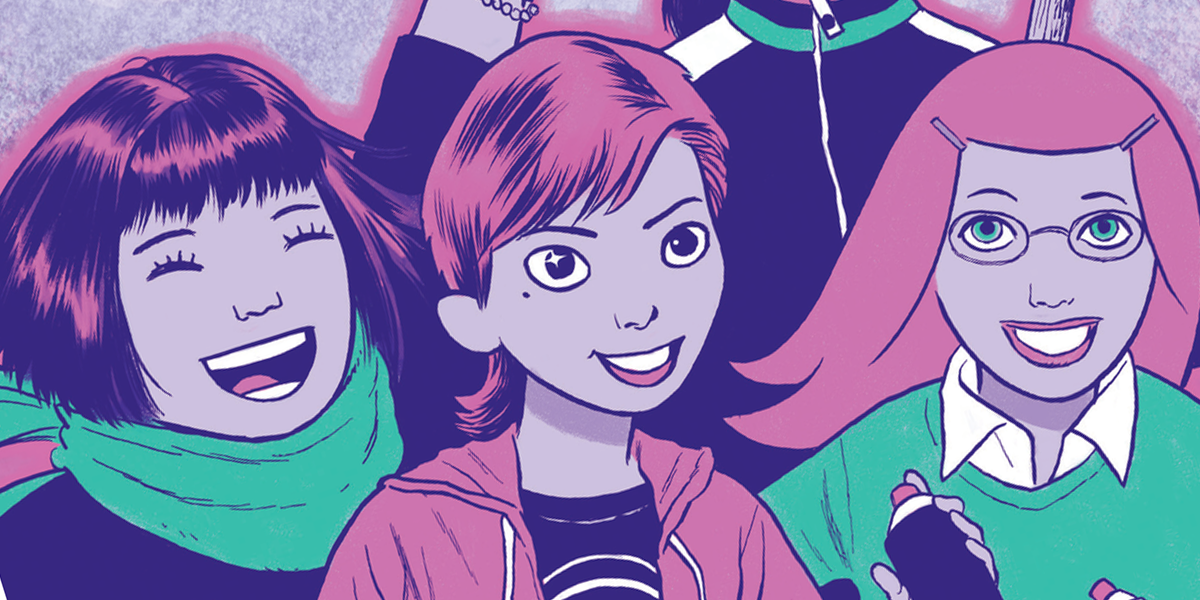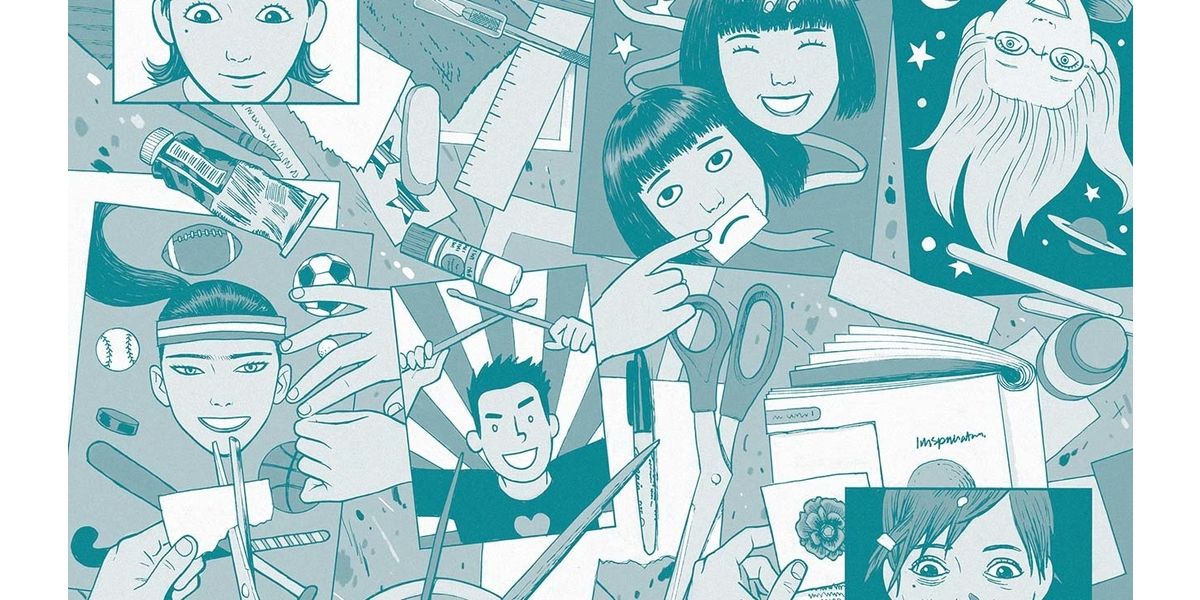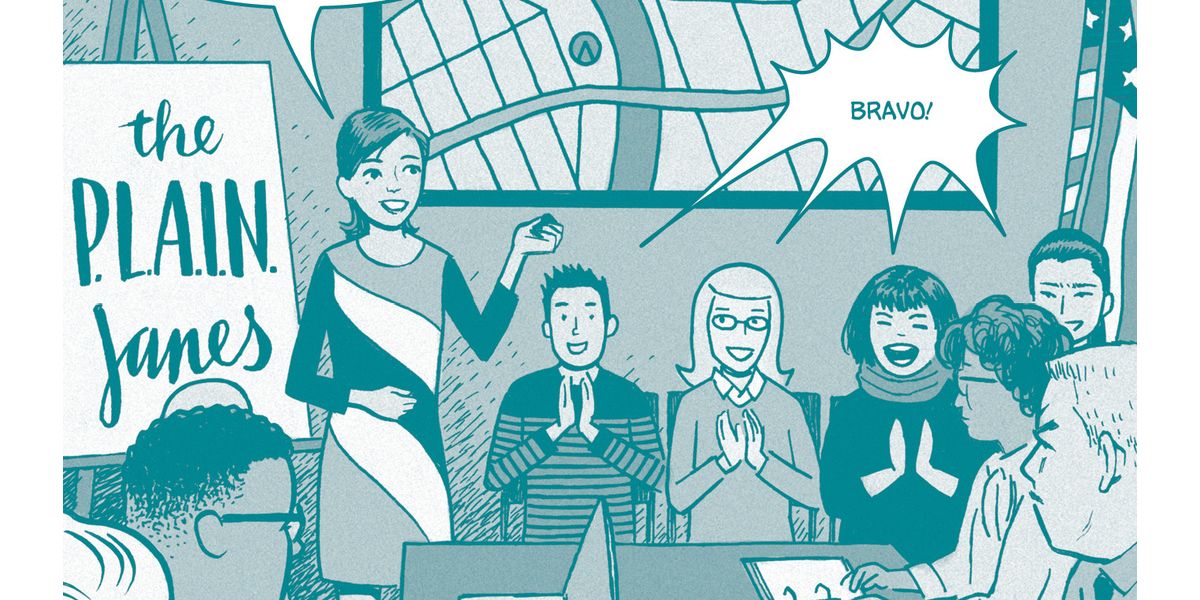DC Comics is currently trailblazing with its original graphic novels, namely those geared more towards younger readers. From Superman Smashes the Klan to Batman: Overdrive, the books have succeeded financially, critically and in gaining new audiences that might not typically read comic books. Despite how out of left field they may seem to some, they’re actually DC’s second attempt at a young adult-oriented line. First started in 2007, DC’s Minx line catered to young girls with comics that imitated the art style of traditional manga.
What seemed like and was pushed as a foolproof financial plan instead flopped with a whimper within the industry. Here’s a look back at the DC’s ambitious failure and how the mistakes made then prepared the publisher for its current success with DC Ink.
Minx Begins
Announced back in 2006, Minx was meant to reach female teen and young adult readers, who were traditionally looked over in the Western comic book industry. The impetus for the idea came after the noticeable success of shojo manga in the West, as well as independent, non-superhero titles such as Marjane Satrapi’s Persepolis. The latter in particular broke ground by receiving widespread acclaim, even from non-comic book reading media and audiences.
Minx was headed by Karen Berger and Shelly Bond. Berger was at the time the Senior Vice President of DC Comics and had in the past been instrumental in bringing forth the radical success of DC’s Vertigo imprint. Thus, it made sense that she would oversee something similar for a new generation of potential readers. The imprint’s promotion had a massive budget behind it: DC contracted Alloy Marketing + Media for somewhere in the realm of $250 thousand to spread the word.
Notable titles included Cecil Castelluci’s The Plain Janes, about a group of girls -- all named Jane -- who planned to cover their hometown with art amidst the chaos of high school. Other titles included Clubbing -- about a teenage girl who discovers her grandmother’s dark secret when she’s sent to work on her ranch -- and Alisa Kwitney’s Token, about a 16-year old girl in 1980s Miami who turns to a life of crime as her relationship with her father changes. The stories all made for compelling YA fiction and released at a time when that genre was stronger than ever. Unfortunately, the right ingredients didn’t come together to form a successful imprint.
Naming and Other Controversies
The issues with Minx started at its onset, with one problem stemming from the line’s name. For being oriented more toward young girls, it was rather odd that DC chose to give the line a title that is also a slur for sexually active women. Similarly, there was a noticeable lack of female talent behind the titles. In fact, much of the talent behind the books had already made their way in the industry, which saw the imprint bringing little in the way of new voices to the medium. These problems meant the line officially lasted about a year, with the last of its titles sputtering out in 2009. Likewise, several of the planned books and sequels went unpublished.
One of the biggest changes DC has made with DC Ink titles, as opposed to the direction of Minx, is base the current line around familiar DC superhero franchises. While some of them, such as Gotham High, are far removed from their superhero roots, they’re still obviously tied to existing franchises. Using the familiar trappings of concepts like the Bat-family makes the titles an easy sell, whereas the completely original Minx titles had no such gimmick or point of entry. The authors behind DC Ink, while typically being first-timers in comics, already have their own fanbases through pre-existing young adult novels. This gives them a built-in brand, while also allowing newcomers to bring their writing styles and world views into comics.
The DC Ink books have also been accessible in everyday stores such as Wal-Mart, a benefit which most regular comic books do not have. On the other hand, the Minx titles struggled to be shelved in even dedicated bookstores, as sellers didn’t know whether to place them amongst the comics or the YA section.
The current superhero and comic book movie boom had also not quite begun when Minx titles were published. This craze has been a boon not just for traditional superhero titles, but independent comic books of all genres. This is evidenced by the success of titles like Scott Pilgrim Vs. the World, which is similar to the material Minx intended to publish. At that time, however, non-superhero related books for adolescent girls were a much harder sell to mainstream audiences. It didn’t help that the wave of manga popularity the books were meant to ride also died down for a bit, only gaining a resurgence through the popularity of action-based, male-oriented titles such as Dragon Ball Super and Jojo’s Bizarre Adventure.
Many saw Minx’s cancellation as a possible indicator that there simply wasn’t a viable market for Western comic books geared toward non-traditional audiences. While it’s arguable that this was the case at the time of Minx’s existence, it certainly isn’t anymore. Superheroes and comic books in general are more popular than ever. This mainstream appeal has afforded the industry an avenue to reach new readers that otherwise would have gone unserved. The biggest problem with Minx was likely a combination of bad timing and chasing trends, but thankfully for DC Ink, it’s doing the opposite and leading the industry in a new direction.



